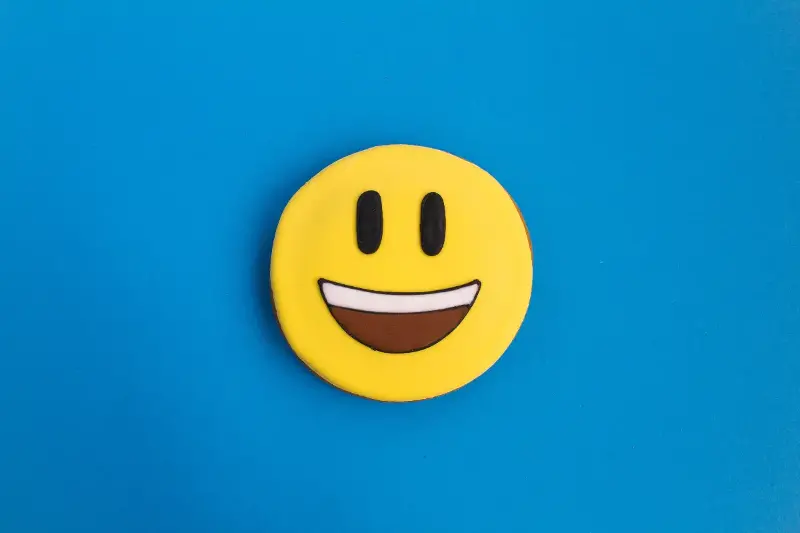For parents navigating the digital world alongside their Gen Z children, understanding the new rules of communication can feel like learning a foreign language. One of the most surprising challenges? Decoding the meaning of emojis, especially the iconic smiley face. What seems like a simple symbol of happiness or friendliness to many parents may carry an entirely different message to today’s teenagers and young adults. So, what does the smiley emoji 🙂 really mean to Gen Z, and how can you bridge the digital divide with a dose of mindfulness and good humour?

The Evolving Language of Emojis
Emojis have become a key part of daily communication, especially for Gen Z. These pictograms have evolved beyond mere expressions of emotion; they are now a nuanced form of digital body language. The smiley, for example, has split into a spectrum of alternative faces and meanings, some of which may surprise you.
For many in Gen Z, the classic 🙂 smiley face doesn’t always represent straightforward joy. Instead, it can signal passive-aggressiveness, sarcasm, or a subtle hint that something is “off.” Why? TikTok users and social media threads clarify that the simple smile can feel too polite, almost insincere, when compared with the warm enthusiasm of 🥰 (smiling face with hearts) or 😄 (grinning face with big eyes). It’s not uncommon for a Gen Z teen to interpret “Good job 🙂” as a bit cold or even dismissive. So, while you may be sending good vibes, your child could be receiving mixed signals.
Mindful Parenting in the Era of Digital Nuance
The digital world isn’t just about technology – it’s about culture. Gen Z, raised on messaging apps and social platforms, spots subtle cues that might go unnoticed by older generations. This presents an opportunity for parents: Rather than fearing the digital divide, why not lean in with curiosity?
Start by observing how your children use emojis with their friends. Are certain emojis reserved for close friends or kept for formal exchanges? Is there a difference in tone between the use of “😂” (face with tears of joy) and “😅” (smiling face with sweat)? Ask your kids how they feel when they receive certain emojis. This opens communication, fosters understanding, and demonstrates that you care about the small details that matter in their world.
Parenting in the age of emojis also requires self-awareness. Mindfulness here involves pausing before reacting if your attempt at digital affection is met with a sarcastic reply. Remember, communication is a two-way street, and misunderstanding is inevitable when languages evolve quickly. Modelling calm, open-minded responses will encourage your children to talk about these cultural differences rather than rolling their eyes in frustration.

Practical Tips for Digital Connection
If you intend to bridge the emoji divide, consider adopting some best practices:
- Stay Updated: Social media trends shift rapidly. What worked yesterday may come off as outdated today. Platforms like Instagram or TikTok often feature meme accounts and commentary that break down current emoji meanings. A little observation goes a long way.
- Ask, Don’t Assume: When in doubt, a simple, “What does this emoji mean to you?” can yield enlightening answers and even spark fun conversations.
- Embrace Playfulness: Don’t be afraid to experiment with emojis. Share a string of silly faces or ask your child for their ‘top five.’ This not only signals respect for their mode of communication but can build shared digital moments.
- Model Healthy Boundaries: Encourage mindful use of all digital tools by setting family guidelines together. Discuss tone, privacy, and the value of honest communication—emojis included.
- Celebrate Generational Differences: Use instances of misinterpretation as learning moments instead of sources of conflict. Laugh together about ‘emoji fails’ and share stories of your own childhood miscommunications.
Fostering Mindful Digital Parenting
Parenting across the digital divide doesn’t require mastering every meme or emoji overnight. What matters most is a willingness to learn and stay connected. By fostering an environment where your children feel safe to explain what things mean to them, you are teaching open-mindedness, empathy, and a sense of humour about technology’s quirks.
Remember—the smiley emoji may have shifted meanings, but the intent behind your communication is far more important. Mindfulness, patience, and curiosity remain the timeless tools that help parents and children thrive together, no matter what digital symbols are trending.
So the next time you’re tempted to punctuate a message with a 🙂, consider adding a comment or even asking your child if it fits the mood. You’ll be amazed at how much there is to discover in a single, simple smile.
